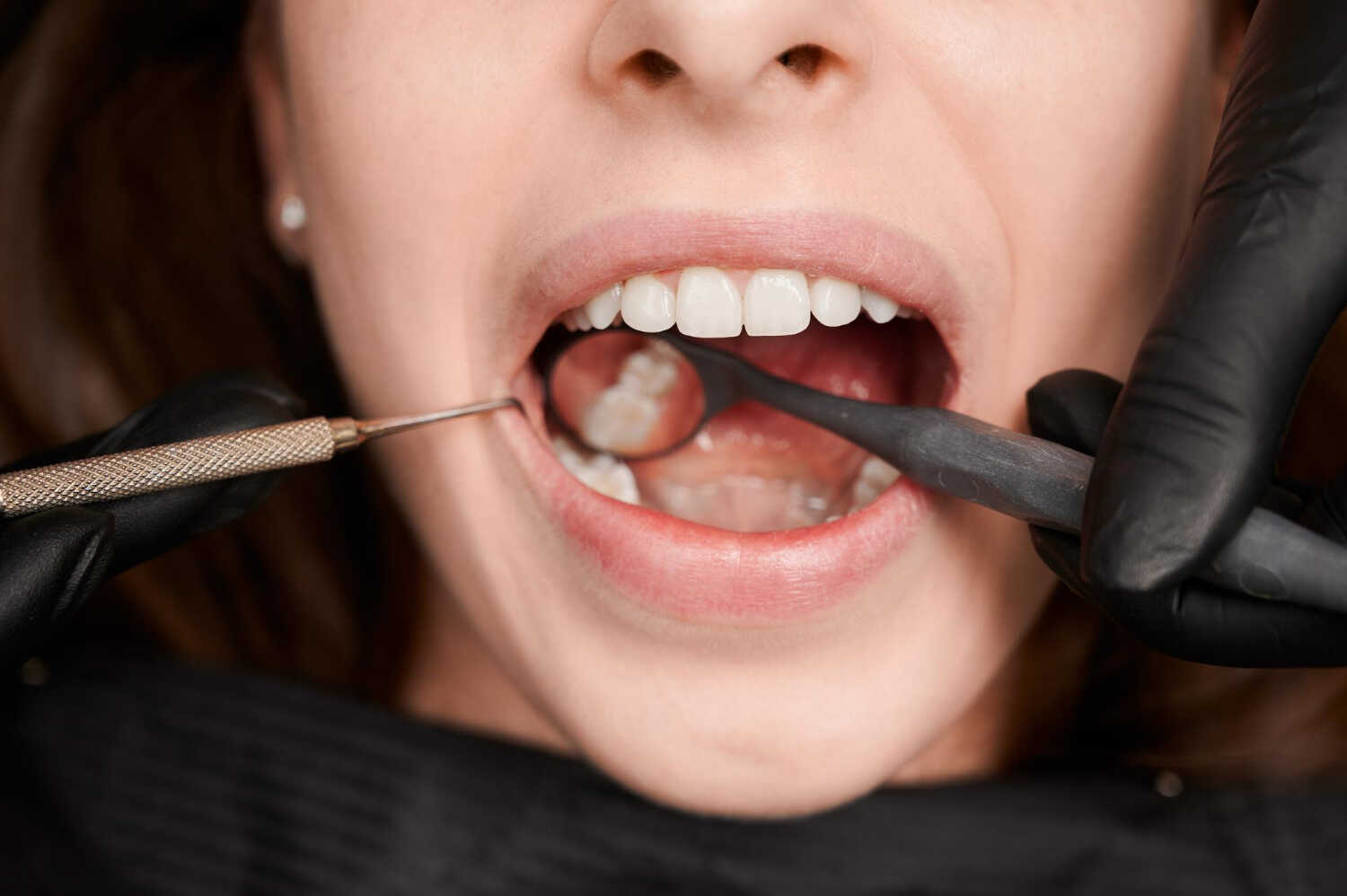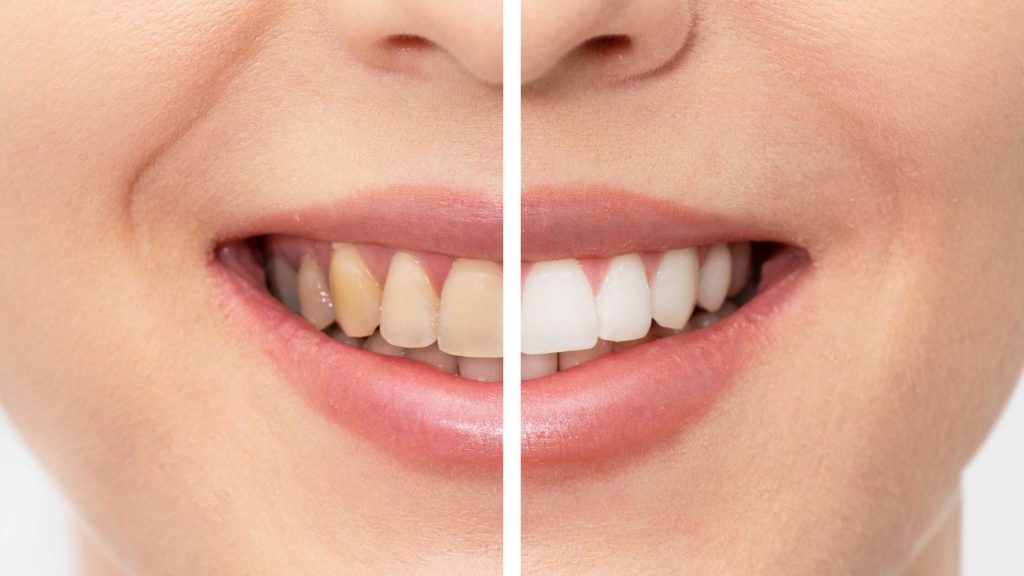
The most widespread oral health condition affecting people of all ages is dental cavities. Cavities are microscopic holes or gaps that develop in teeth as the enamel is dissolved by acids over time. To discover a dental cavity early and receive prompt treatment, one must be aware of its outward symptoms.
WHAT DOES A TOOTH CAVITY LOOK LIKE?
Dark Spots or Discoloration:
In the early stages, the tooth cavity looks like a dark spot on the teeth. The emergence of dark patches or discoloration on the surface of the tooth is one of the most typical indications of a cavity. Depending on the extent of the degradation, these spots can vary from light brown to black. They typically show that the enamel has been damaged and that the dentin beneath has been impacted.
Visible Holes or Pits:
As the decay worsens, the tooth structure becomes more fragile, and the tooth cavity looks like pits or holes. These holes can vary in size and shape, and they frequently have rough edges. These holes may enlarge over time if they are not treated properly.
Tooth Sensitivity:
Increased tooth sensitivity can be brought on by dental cavities, especially in response to temperature changes and foods high in sugar or acid. A cavity may be formed if you feel pain or discomfort when ingesting hot, cold, sweet, or sour foods or beverages.
Toothache or Pain:
The dental pulp consists of nerves and blood vessels, which may become irritated when the decay progresses to the deeper layers of the tooth. This may result in a toothache that lasts for a long time and cause discomfort that can be of different intensities. The pain may be triggered by biting or chewing.
Bad Breath or Unpleasant Taste:
Bacterial growth in a cavity can result in the production of foul-smelling substances that worsen breath. Furthermore, if the dental cavity is big enough to hold food particles, it could leave a bad taste in your mouth.
WHAT DOES A TOOTH CAVITY LOOK LIKE ON AN X-RAY?
A tooth cavity looks like a darker spot within the tooth structure on an X-ray.
Denser structures are depicted in lighter tones of grey in the X-ray image, while less dense structures are seen in darker tones. Occasionally, the X-ray may also show additional details regarding the cavity, such as its proximity to the pulp chamber or the existence of any accompanying problems, like an abscess or infection.
To correctly identify and treat dental cavities, a comprehensive clinical examination by a dentist is required, as X-rays alone may not give a clear picture of the cavity.
HOW TO PREVENT AND TREAT TOOTH CAVITIES?
Take the following precautionary measures to prevent tooth cavities:
Proper Oral Hygiene:
The best oral hygiene practices include using fluoride toothpaste at least twice a day, flossing every day, and rinsing with an antimicrobial mouthwash. It will remove plaque and reduce the chances of cavities.
Balanced Diet:
Eat a well-balanced diet and avoid drinking or eating too much acidic or sugary food or drink, which can cause tooth decay.
Fluoride Treatment:
Fluoride improves tooth enamel and aids in the prevention of decay.
Regular Dental Check-ups:
Schedule routine dental check-ups to receive thorough mouth examinations and professional cleanings. Dentists can identify cavities in the earliest stages and treat them appropriately.
The dentist will actually decide the best course of action if a cavity appears, which may involve extracting the affected tooth structure and filling the cavity with a dental filling material. However, a dental crown or root canal procedure may be required in more severe circumstances.
CONCLUSION
To sum up, a tooth cavity looks like a small hole or pit on the tooth’s surface, and it frequently comes with staining or discoloration. A cavity may become painful or sensitive when it is progressed, necessitating immediate dental care. To identify and get treatment of cavities in their earliest stages and promote general oral well-being, regular dental check-ups and overall good oral hygiene habits are essential.




